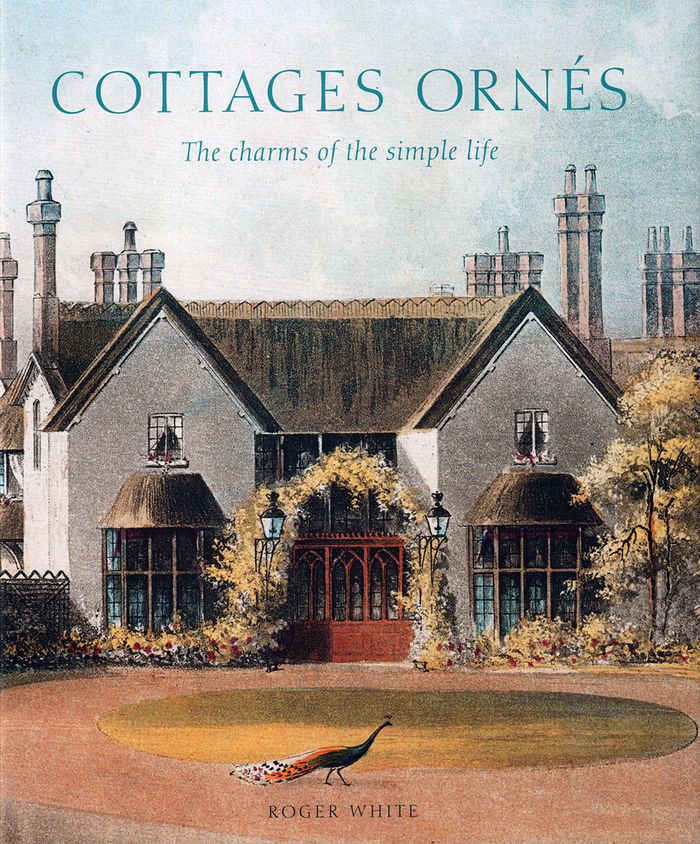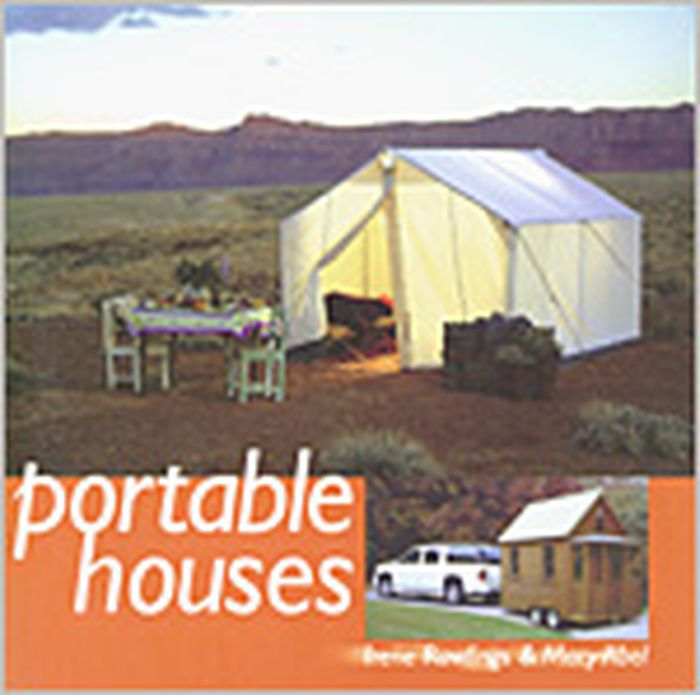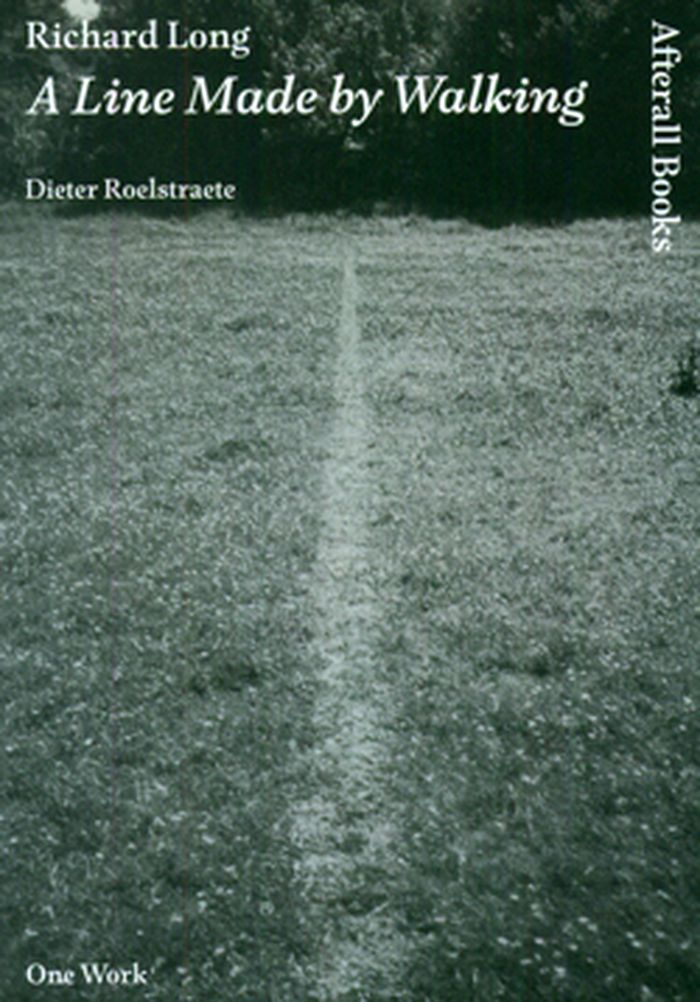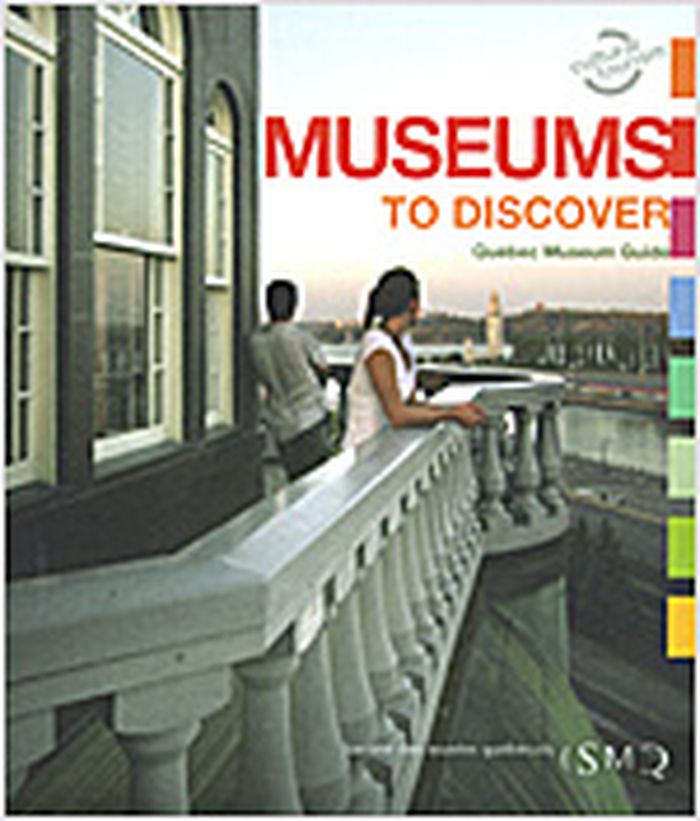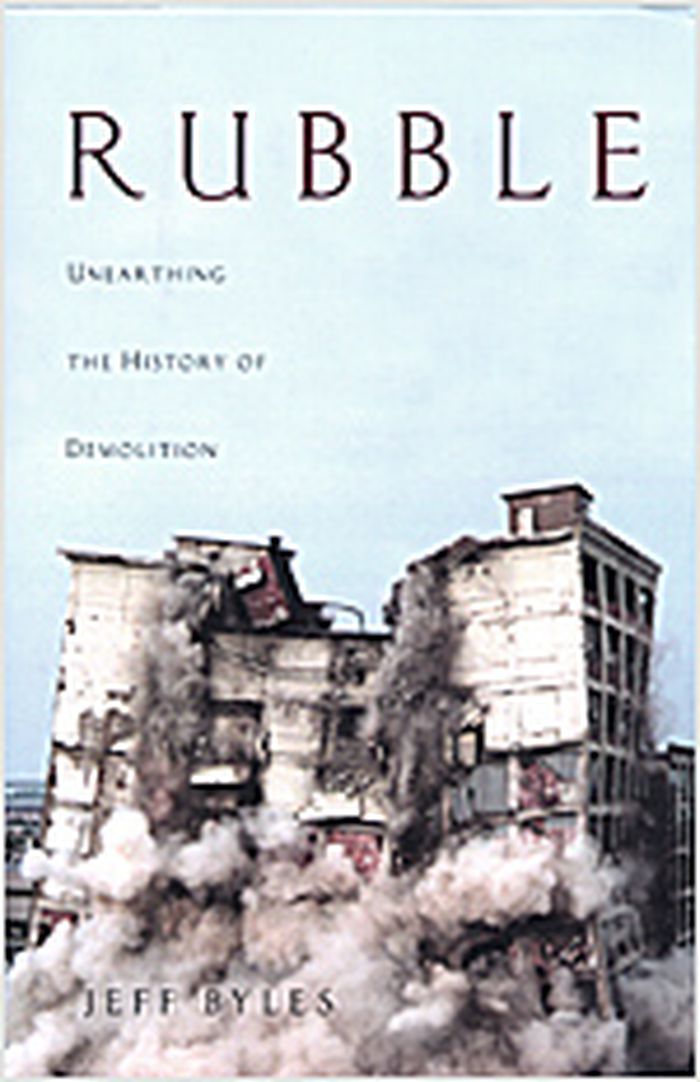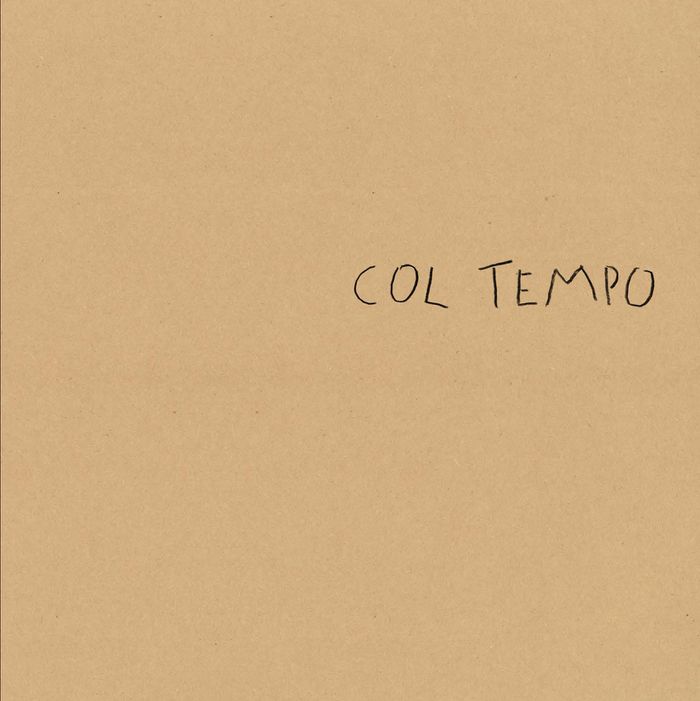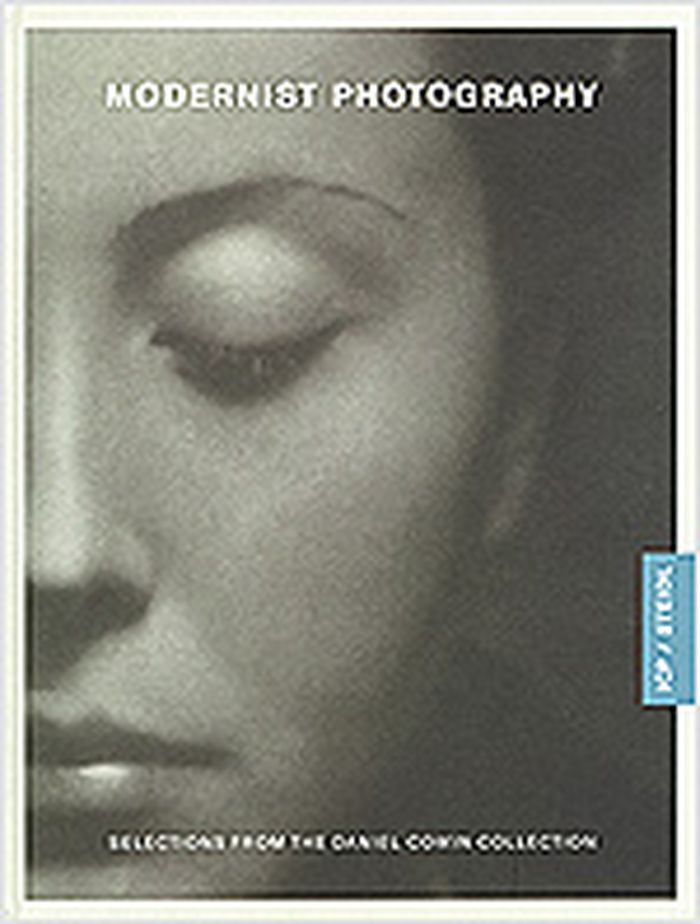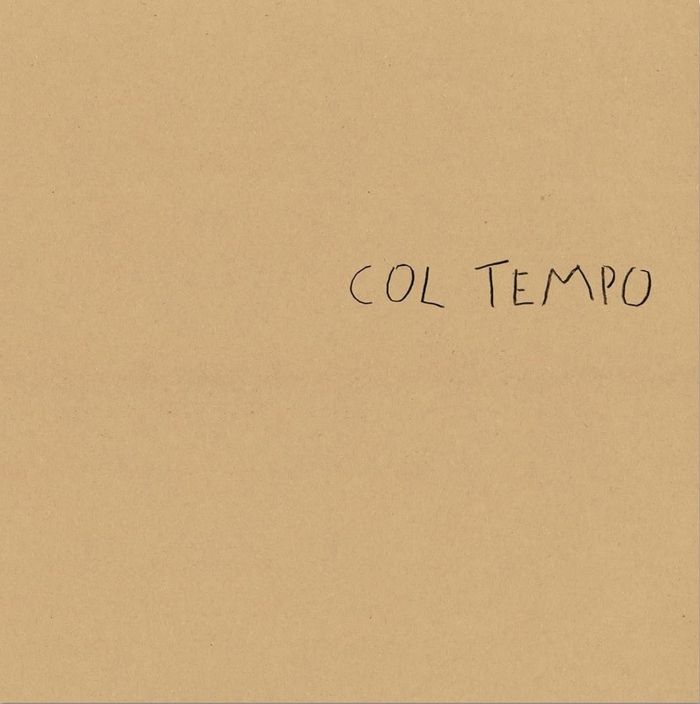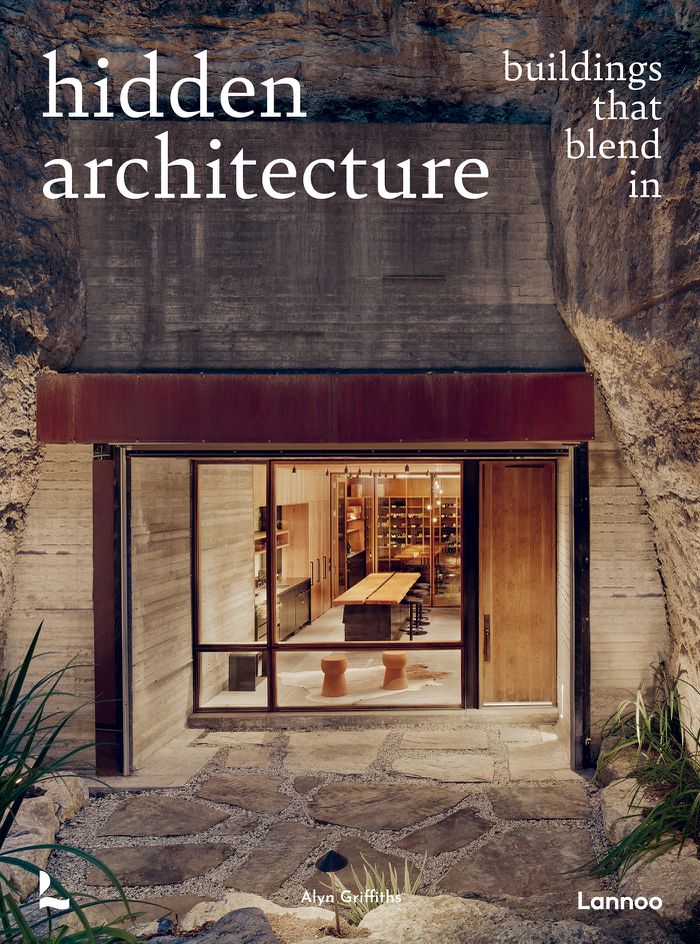$66.50
(available to order)
Summary:
Tracing the history of cottages ornés (ornamental cottages), this copiously illustrated volume offers an engaging survey of an often-overlooked architectural genre. An invention of mid-18th-century England, these cottages were designed to facilitate a more informal way of living and were built in different guises that range from royal and imperial cottages to the(...)
Cottages ornés : the charms of the simple life
Actions:
Price:
$66.50
(available to order)
Summary:
Tracing the history of cottages ornés (ornamental cottages), this copiously illustrated volume offers an engaging survey of an often-overlooked architectural genre. An invention of mid-18th-century England, these cottages were designed to facilitate a more informal way of living and were built in different guises that range from royal and imperial cottages to the working-class lodges that still dot the English countryside. Analyzing cottage designs by some of the leading architects of late-Georgian England—including Robert Adam, John Soane, and John Nash—Roger White explores the aesthetic values that made the form so appealing. As he follows the development of cottages ornés from the Celtic fringes to the Continent and the British colonies, White reveals the significant impact of the genre on social, cultural, and political history and examines the influence of cottage design on the architectural developments of the Victorian period and even the 20th century.
History until 1900, Great Britain
Portable houses
$29.95
(available to order)
Summary:
Sheep wagons, houseboats, RVs, tents, yurts, even prefab homes and old converted school busses - people are finding creative ways every day to build and adapt homes that aren't confined to one geographical location. Portable Houses features traditional movable dwellings around the world, from a houseboat in Sausalito to a gypsy wagon in the English countryside. Authors(...)
Portable houses
Actions:
Price:
$29.95
(available to order)
Summary:
Sheep wagons, houseboats, RVs, tents, yurts, even prefab homes and old converted school busses - people are finding creative ways every day to build and adapt homes that aren't confined to one geographical location. Portable Houses features traditional movable dwellings around the world, from a houseboat in Sausalito to a gypsy wagon in the English countryside. Authors Irene Rawlings and Mary Abel provide essential information on making movable homes functional and practical, along with chapters on acquiring the necessary tools and gear for travel, problem solving with each type of portable house, and converting the dream into highway-legal reality. With photography of some of the world's most ingenious and unique portable structures, Portable Houses will inspire the migratory-minded to turn ordinary modes of transportation into creative living spaces. Rawlings proves that it really is possible for the dedicated, nomadic, do-it-yourselfer to make the road a comfortable home!
Mobile Houses
$17.95
(available to order)
Summary:
In 1967, Richard Long walked back and forth along a straight line in the grass in the English countryside, leaving a track that he then photographed in black and white. The resulting work, A Line Made by Walking, was not only the starting point for Long's career as an artist but also a landmark for a new kind of art emerging in Europe and the Americas. The formal(...)
Richard Long: A line made by walking
Actions:
Price:
$17.95
(available to order)
Summary:
In 1967, Richard Long walked back and forth along a straight line in the grass in the English countryside, leaving a track that he then photographed in black and white. The resulting work, A Line Made by Walking, was not only the starting point for Long's career as an artist but also a landmark for a new kind of art emerging in Europe and the Americas. The formal simplicity of Long's artwork suggested a relation to minimalism, but its location outside the gallery context and its suggestion of bodily actions also connected it to a new generation of artists whose work combined the organic, the temporary, the nonmaterial, and the performative to offer a critique of the art system and its language, forms, and values. Although A Line Made by Walking is an instantly recognizable work, this is the first detailed analysis of this foundational piece.
Art Theory
$29.95
(available to order)
Summary:
Come on a fascinating journey and explore some 300 museums, interpretation sites and exhibition centres across Québec. Whether you’re seeking new attractions for group trips or fun outings with friends and family, you’re sure to find what you’re looking for. Québec’s museums have so much to offer! Whether it’s large or small, in the heart of the city or out in the(...)
Museums to discover : Québec museum guide
Actions:
Price:
$29.95
(available to order)
Summary:
Come on a fascinating journey and explore some 300 museums, interpretation sites and exhibition centres across Québec. Whether you’re seeking new attractions for group trips or fun outings with friends and family, you’re sure to find what you’re looking for. Québec’s museums have so much to offer! Whether it’s large or small, in the heart of the city or out in the countryside, with a focus on art, history or science, each one offers a gateway to the many pleasures of cultural tourism. You’ll find exhibitions, multimedia shows, guided tours, workshops, garden tours, interpretation trails, even boat rides on the St. Lawrence. Some of them host large-scale events, while others welcome you into an intimate community, but they all promise a medley of ways to enjoy yourself. Afterwards you can enjoy a cup of tea on a charming terrace, unpack your picnic hamper down by the water or visit a thematic gift shop. Take this indispensable guide along whenever you set off to discover Québec’s museums!
Architecture du Québec
$6.99
(available to order)
Summary:
"Rubble" presents key episodes in the world of demolition. Stretching over more than five hundred years of razing and toppling, this story looks back to London’s Great Fire of 1666, where self-deputized wreckers artfully blew houses apart with barrels of gunpowder to halt the furious blaze, and spotlights the advent of dynamite - courtesy of demolition’s patron saint,(...)
Rubble : unearthing the history of demolition
Actions:
Price:
$6.99
(available to order)
Summary:
"Rubble" presents key episodes in the world of demolition. Stretching over more than five hundred years of razing and toppling, this story looks back to London’s Great Fire of 1666, where self-deputized wreckers artfully blew houses apart with barrels of gunpowder to halt the furious blaze, and spotlights the advent of dynamite - courtesy of demolition’s patron saint, Alfred Nobel - that would later fuel epochal feats of unbuilding such as the implosion of the infamous Pruitt-Igoe housing complex in St. Louis. Rubble also delves beyond these bravura blasts to survey the world-jarring invention of the wrecking ball; the oddly stirring ruin of New York’s old Pennsylvania Station, that potent symbol of the wrecker run amok; and the ever busy bulldozers in places as diverse as Detroit, Berlin, and the British countryside. "Rubble" is also an exploration of what happens when buildings fall, when monuments topple into memory, and when “destructive creativity” tears down to build again.
sale books
Col Tempo, 1956-2024
$220.00
(available in store)
Summary:
Coinciding with a major retrospective exhibition at MAXXI, Rome, ''Col tempo, 1956–2024'' provides a complete and long-awaited retrospective of the career of Guido Guidi, sequenced by the artist himself in his typically illuminating, associative style. The book begins with some of the earliest photographs Guidi made, aged fifteen, in the countryside around his home in(...)
Col Tempo, 1956-2024
Actions:
Price:
$220.00
(available in store)
Summary:
Coinciding with a major retrospective exhibition at MAXXI, Rome, ''Col tempo, 1956–2024'' provides a complete and long-awaited retrospective of the career of Guido Guidi, sequenced by the artist himself in his typically illuminating, associative style. The book begins with some of the earliest photographs Guidi made, aged fifteen, in the countryside around his home in Cesena in the Italian region of Romagna. The sequence that follows, covering almost seventy years, encompasses a wide range of styles, forms, and approaches as it traces the evolution of one of the most important voices in contemporary photography. It includes journeys to the USA, Russia, Turkey, and Portugal, and studies of the works of architects including Carlo Scarpa, Mies van der Rohe, and Le Corbusier. Consistently, though, it returns to the modest agricultural landscapes where Guidi was born and still lives and works today, among which he has developed the revelatory visual language for which he is celebrated as a modern master.
Photography monographs
$24.95
(available to order)
Summary:
«Modernist photography» re-examines the classic period of 20th-century photography using new critical approaches to consider five recurrent visual themes during the years 1915 to 1945. These themes cut across such stylistic movements as Pictorialism, Surrealism, and the New Vision, and include the transformation of objects, experimental images of the body, visions of the(...)
November 2005, New York
Modernist photography : selections from the Daniel Cowin collection
Actions:
Price:
$24.95
(available to order)
Summary:
«Modernist photography» re-examines the classic period of 20th-century photography using new critical approaches to consider five recurrent visual themes during the years 1915 to 1945. These themes cut across such stylistic movements as Pictorialism, Surrealism, and the New Vision, and include the transformation of objects, experimental images of the body, visions of the city, the industrialization of the countryside, and experimental directions in poster design and typography. This thematic approach fosters new perspectives on such key photographers as Bernice Abbott, Brassaï, Walker Evans, Raoul Hausmann, Dorothea Lange, Gordon Parks and Man Ray and emphasizes the interactions between European and American practitioners. The catalogue includes chapters on each of the five themes by ICP Curators Christopher Phillips and Vanessa Rocco. It is based on a selection of 70 works from the Daniel Cowin Collection. The collection of about 1,600 images dates from 1860 to 1960 and includes a range of processes and formats--postcards, stereographs, carte-de-vistes, tintypes, albumen prints, and gelatin silver prints.
Col Tempo, paperback edition
$110.00
(available in store)
Summary:
Coinciding with a major retrospective exhibition at MAXXI, Rome, ''Col tempo, 1956–2024'' provides a complete and long-awaited retrospective of the career of Guido Guidi, sequenced by the artist himself in his typically illuminating, associative style. The book begins with some of the earliest photographs Guidi made, aged fifteen, in the countryside around his home in(...)
Col Tempo, paperback edition
Actions:
Price:
$110.00
(available in store)
Summary:
Coinciding with a major retrospective exhibition at MAXXI, Rome, ''Col tempo, 1956–2024'' provides a complete and long-awaited retrospective of the career of Guido Guidi, sequenced by the artist himself in his typically illuminating, associative style. The book begins with some of the earliest photographs Guidi made, aged fifteen, in the countryside around his home in Cesena in the Italian region of Romagna. The sequence that follows, covering almost seventy years, encompasses a wide range of styles, forms, and approaches as it traces the evolution of one of the most important voices in contemporary photography. It includes journeys to the USA, Russia, Turkey, and Portugal, and studies of the works of architects including Carlo Scarpa, Mies van der Rohe, and Le Corbusier. Consistently, though, it returns to the modest agricultural landscapes where Guidi was born and still lives and works today, among which he has developed the revelatory visual language for which he is celebrated as a modern master.
Photography monographs
$78.00
(available to order)
Summary:
This book presents innovative examples of hidden architecture: buildings that are designed to disappear into their surroundings or hide in plain sight. In the city, hidden buildings are often designed to provide the occupants with privacy and protection from the busy world outside or they can be incorporated into the streetscape to free up space for public use. In the(...)
Hidden architecture: buildings that blend in
Actions:
Price:
$78.00
(available to order)
Summary:
This book presents innovative examples of hidden architecture: buildings that are designed to disappear into their surroundings or hide in plain sight. In the city, hidden buildings are often designed to provide the occupants with privacy and protection from the busy world outside or they can be incorporated into the streetscape to free up space for public use. In the countryside, buildings should not spoil a scenic landscape, so they can be designed to become a part of it. Buildings can be buried underground, hidden amongst trees, covered with greenery or even sunk into the sea. They can be clad in mirrors to reflect their surroundings, disappear beneath an urban plaza or be hidden from view on top of another building. Each of these imaginative solutions offers a way for architecture to blend in rather than stand out. ''Hidden architecture'' tells the stories of projects from around the world that are cleverly disguised but still beautifully detailed and outstanding in their execution.
Contemporary Architecture
Crabgrass crucible: suburban nature and the rise of environmentalism in twintieth-century America
$52.50
(available in store)
Summary:
Although suburb-building created major environmental problems, Christopher Sellers demonstrates that the environmental movement originated within suburbs--not just in response to unchecked urban sprawl. Drawn to the countryside as early as the late 19th century, new suburbanites turned to taming the wildness of their surroundings. They cultivated a fondness for the(...)
Crabgrass crucible: suburban nature and the rise of environmentalism in twintieth-century America
Actions:
Price:
$52.50
(available in store)
Summary:
Although suburb-building created major environmental problems, Christopher Sellers demonstrates that the environmental movement originated within suburbs--not just in response to unchecked urban sprawl. Drawn to the countryside as early as the late 19th century, new suburbanites turned to taming the wildness of their surroundings. They cultivated a fondness for the natural world around them, and in the decades that followed, they became sensitized to potential threats. Sellers shows how the philosophy, science, and emotions that catalyzed the environmental movement sprang directly from suburbanites' lives and their ideas about nature, as well as the unique ecology of the neighborhoods in which they dwelt. Sellers focuses on the spreading edges of New York and Los Angeles over the middle of the twentieth century to create an intimate portrait of what it was like to live amid suburban nature. As suburbanites learned about their land, became aware of pollution, and saw the forests shrinking around them, the vulnerability of both their bodies and their homes became apparent.
Urban Landscapes
